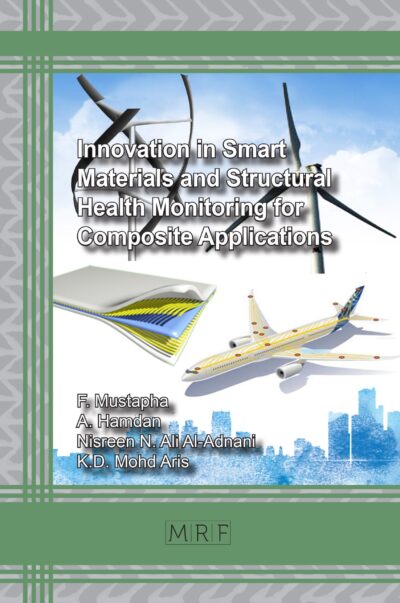Study of biocompatible and biological materials
– Can they be influenced by external factors? –
Emilia Pecheva
Materials Research Foundations Volume 11
Publication Date 2017, 220 Pages
Print ISBN 978-1-945291-24-1 (release date May 2017)
ePDF ISBN 978-1-945291-25-8
DOI: 10.21741/9781945291258
The book focuses on the topic of bio-mineralization and discusses the properties of biological, biocompatible and biomimetic materials. The aim is to improve the performance of these materials. This can be accomplished by tailoring their surface properties by means of external factors and various surface modification techniques. In this way, the growth of biomaterials on surfaces can be influenced beneficially.
Chapter 2 explores typical techniques for surface characterization and shows how these techniques can be modified to serve specific needs in the study of biomaterials. Chapters 3 and 4 reveal factors that can be used to influence the growth of the biomaterial hydroxyapatite (the main inorganic constituent in mammal bones and teeth). Proteins are also used to modulate the cellular interactions with the hydroxyapatite. The remaining chapters are devoted to an example of the pathological mineralization, namely the formation of bacterial films on teeth and soft tissues in the mouth and how it can be removed to achieve better oral health.
Keywords
Biomaterials, Biomineralization, Biomimetics, Biocompatible Layers, Dental Plaque, Hydroxyapatite, Nanoparticles, Bacterial Films, Oral Health, Plaque Cleaning
Table of Contents
Preface
Acknowledgments
Abbreviations
Chapter 1 Introduction 1
Chapter 2 Characterization of Biomaterials and Improved Techniques for Better Imaging 14
Chapter 3 Laser-Liquid-Solid Interaction Method: Stimulation of the Growth of Biocompatible Layers by Using External Laser Energy 54
Chapter 4 Composites Based on Biocompatible Layers – Advantages and Biocompatibility Testing 79
Chapter 5 Development of In vitro Bacterial Models of Dental Plaque 143
Chapter 6 Disruption of In vitro Dental Plaque Using the Energy of Cavitation 158
Chapter 7 Cleaning Efficacy of Commercial Toothpastes and Toothbrushes 186
Chapter 8 Concluding Remarks 210
Keywords 213
About the author 215
















